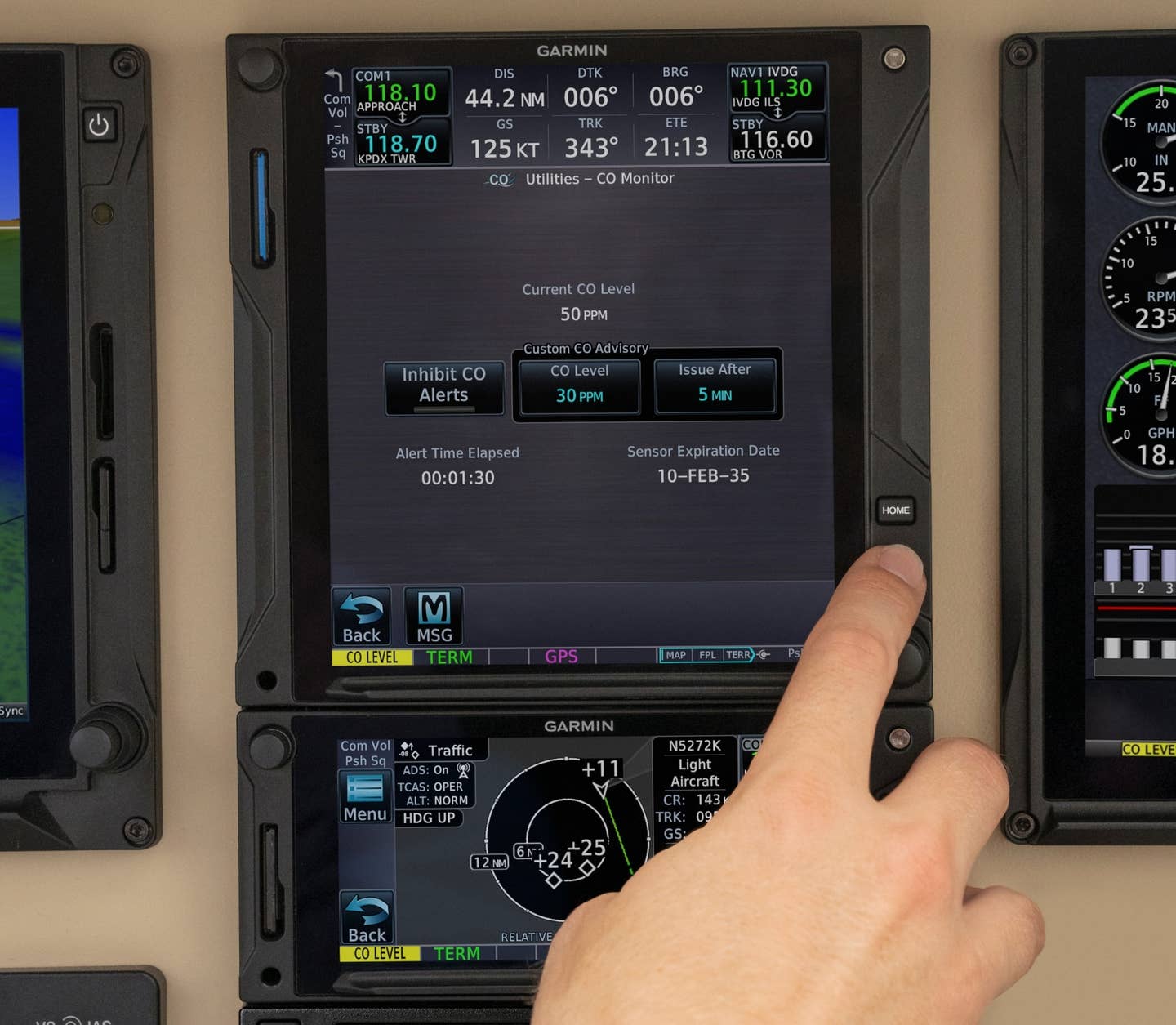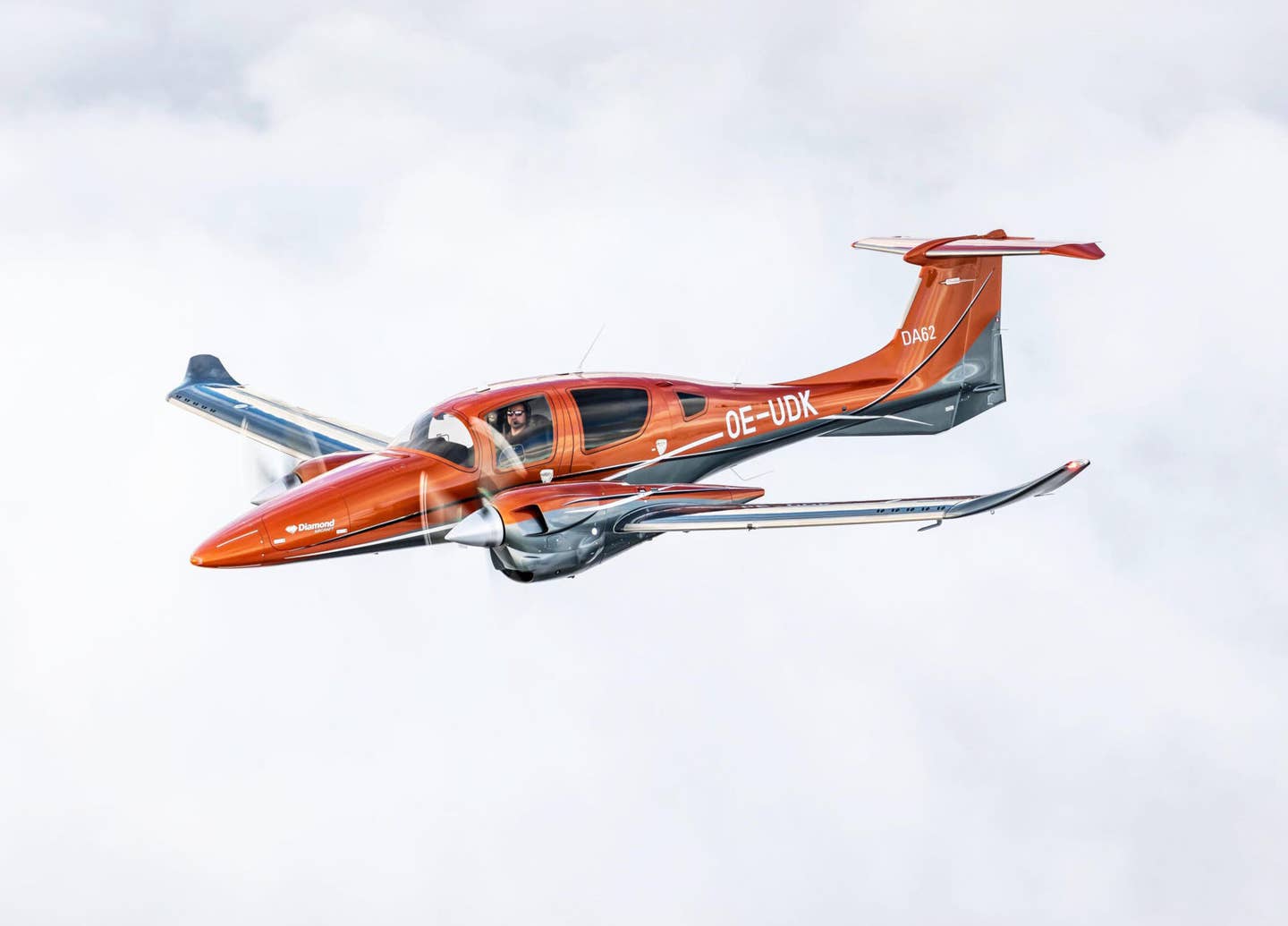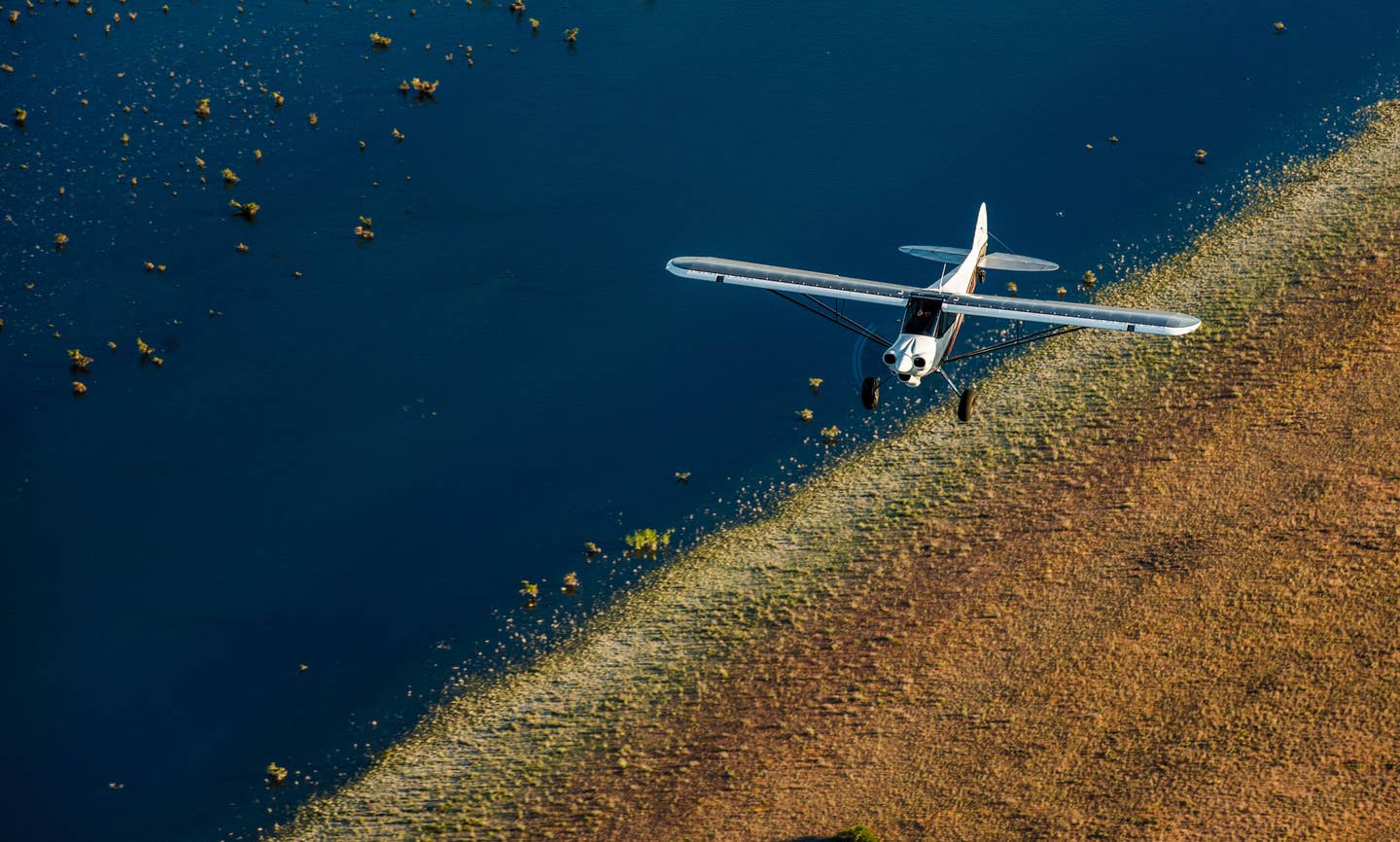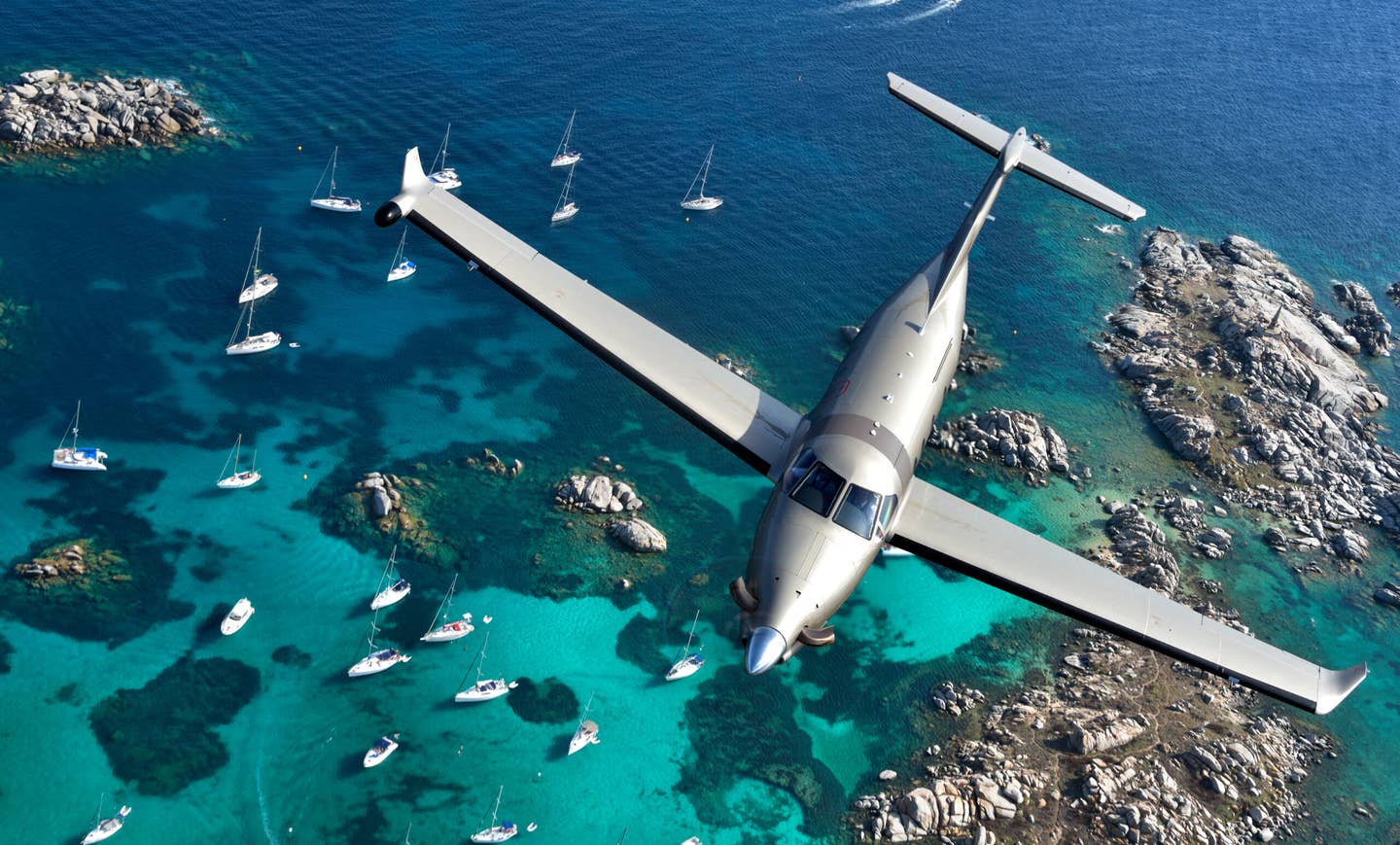Air Force To Issue Pilots New In-Flight Relief Devices
The bladder relief devices are aimed at curbing pilots from dehydrating themselves before flights.
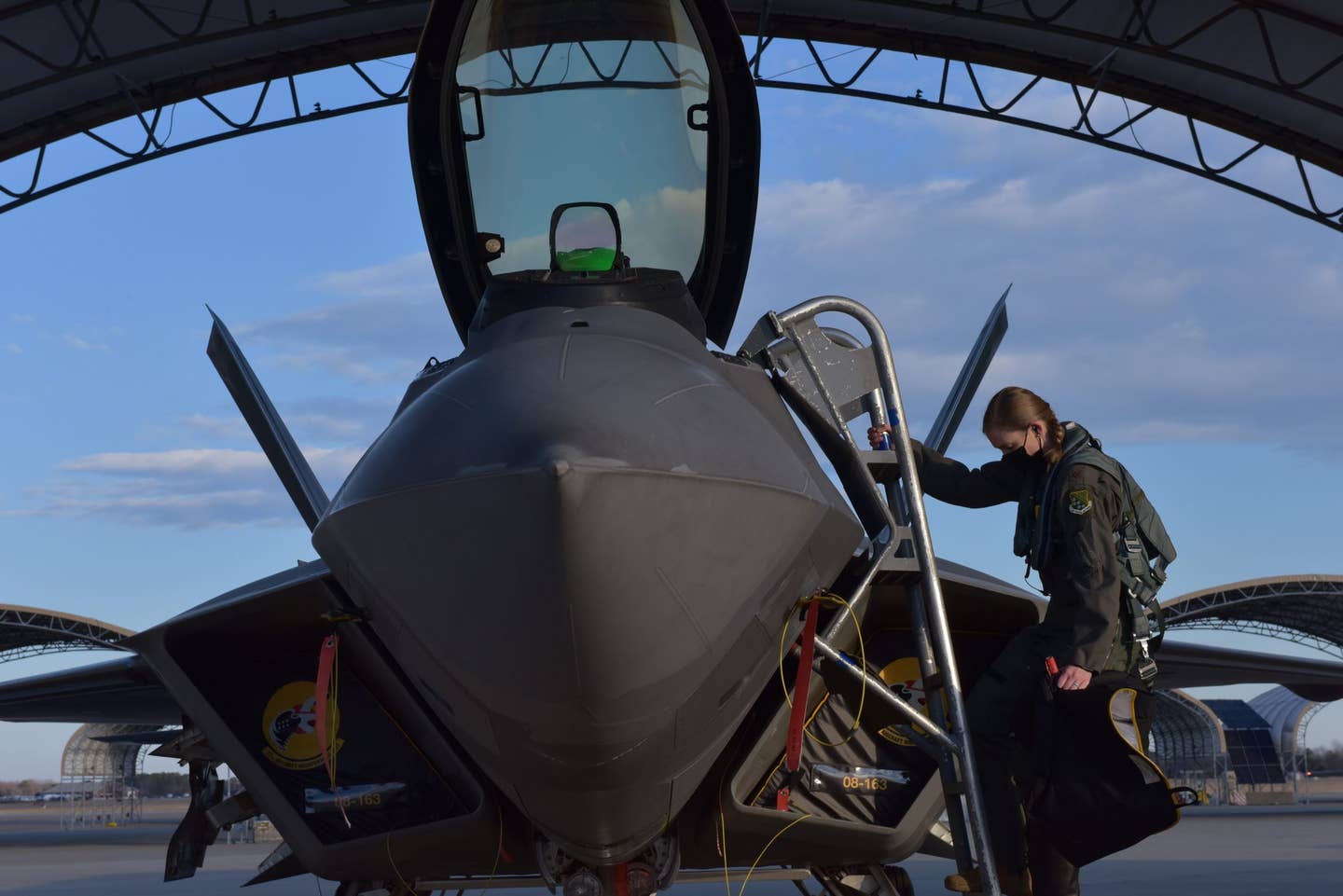
Maj. Nichole Ayers, 27th Fighter Squadron assistant director of operations and F-22 Raptor mission commander, removes a cover from the cockpit of an F-22, at Joint Base Langley-Eustis, Va., Feb. 25, 2021. Courtesy: U.S. Air Force
If there’s one thing pilots and aircrews know, there are no pit stops when you've got to go while you’re on the go.
U.S. Air Force pilots will soon have an improved option when confronted with nature’s call during flight missions in the form of a new in-flight bladder relief device.
USAF expects to receive the Omni Gen. 3 Skydrate devices—described as a “hands-free” device capable of “automatically collecting urine at 2.25 [liters per minute] LPM”—in early December, the service said Wednesday. Aircrews are expected to have the devices by Spring 2022.
The new devices are aimed at stopping pilots from limiting their fluid intake before a mission, a strategy the service admits is routine and fraught with health implications.
“The Air Force recognized that current devices were not optimized for long-duration sorties, and as a result, aircrew were routinely dehydrating themselves to delay the need for bladder relief,” Air Combat Command said in a statement. “Dehydration can lead to reduced endurance and G force tolerance while in the aircraft, as well as other negative health issues.”
Why This Matters
Dehydration can lower G-tolerance by up to 50 percent and also result in reduced physical and cognitive performance, decreased situational awareness, headaches, altered vision, as well as possible G-induced loss of consciousness, according to the service.
The announcement comes little more than a year after Air Force officials issued the “Sky High Relief Challenge,” soliciting solutions for in-flight bladder relief for female aviators.
“Current mission profiles and air refueling ability up to 16 hours have led to longer flight times for aircrew who need to urinate multiple times during flight without removing restraint systems and flight equipment. As a result, many female aircrew resort to ‘tactical dehydration’ to avoid the difficulties and potential dangers of having to relieve themselves inflight,” the August 2020 solicitation said.
The devices were developed and tested inside a year and were wear-tested by 30 female aircrew, as well as nine pilots during flight testing.
The rapid development was spurred by a focus on reducing predictable barriers to aircrew readiness, Scott Cota, aircrew flight equipment program analyst, ACC Plans, Programs and Requirements directorate at Joint Base Langley-Eustis said in a statement. “This is just one of the programs we are working on here that will make it easier for Airmen to train and execute their missions.”

Sign-up for newsletters & special offers!
Get the latest FLYING stories & special offers delivered directly to your inbox



